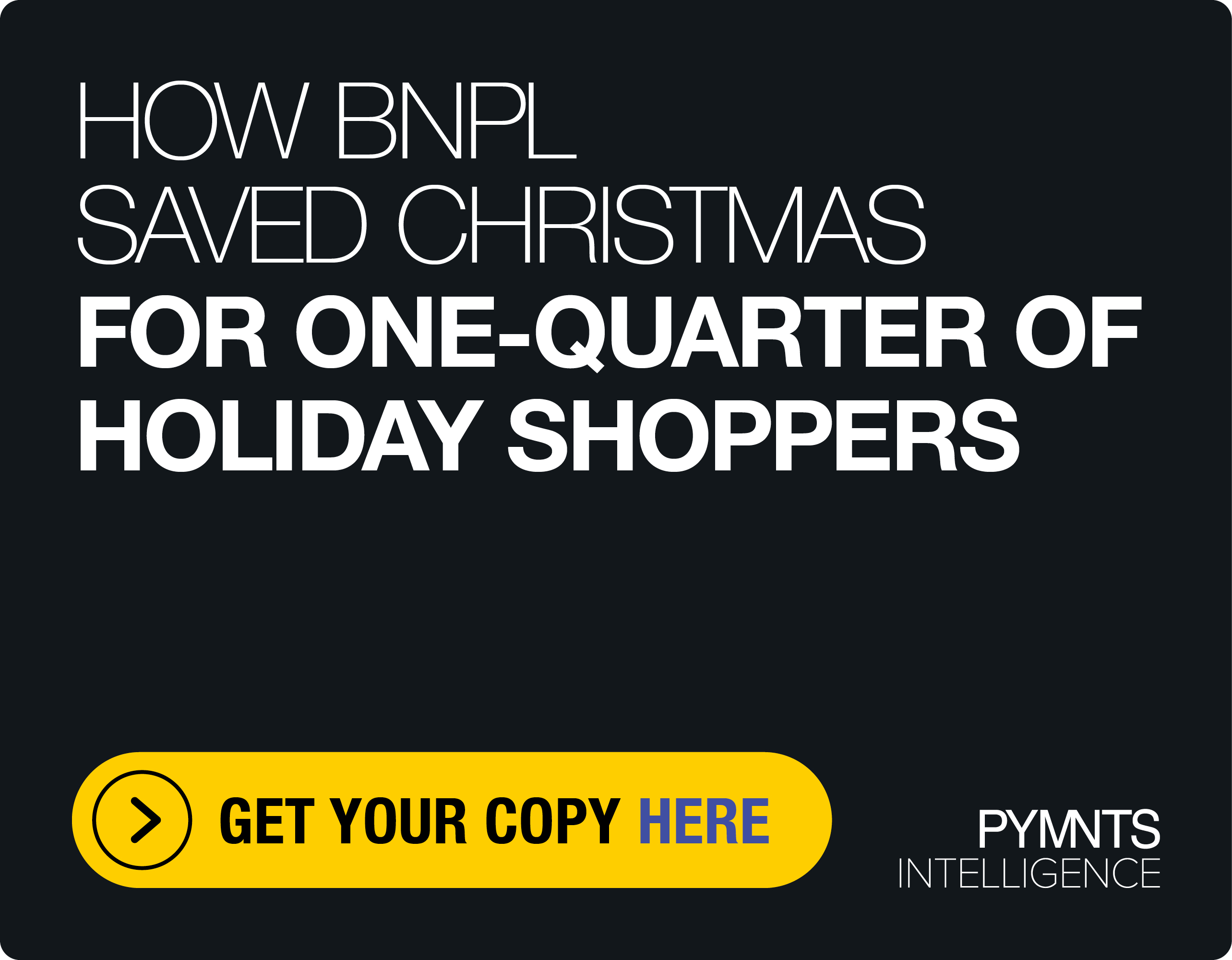Open Banking Platform Consolidation Leads to Broader EU Customer Reach

After years of consolidation, Europe’s largest open banking players now cover much of the continent.
Over the years, the continent’s open banking companies have expanded their reach and entered new markets by snapping up smaller rivals. At the same time, established payment players have acquired open banking providers rather than building their own technical capabilities from scratch.
In the latest consolidation of open banking providers, Trustly recently finalized its acquisition of Ecospend, giving the Swedish FinTech a major boost in the U.K. market and enabling it to integrate Ecospend’s multiple application programming interface (API) connections into its own platform.
It’s a strategy that has also proven popular with other players in the space.
For example, another Swedish provider, Tink, has been on an open banking acquisition spree in recent years, absorbing the API connections and customer relationships of rival firms and relying on multi-million-euro takeovers to expand its reach in the region.
For Tink, the run of purchases started locally when it picked up Stockholm-based company Instantor in 2020. And by the end of that year, the firm had shown its pan-European ambitions by adding Spain’s Eurobits and the U.K.-based OpenWrks to its collection.
Since then, Tink has also acquired Germany’s FinTechsystems only for the firm to be snapped up by Visa for $2 billion in the biggest open banking deal to date.
In fact, in order to gain a foothold in an emerging ecosystem that threatens to radically transform the wider landscape of European payments, global payment firms like Visa have looked to buy established open banking providers.
Like Visa, Mastercard has also looked to establish a place in Europe’s open banking system by purchasing Danish firm Aiia.
As PYMNTS has reported, by strategically investing in some of Europe’s most successful open banking platforms, Visa and Mastercard ensure their continued presence in the continent’s payment market even if account-to-account (A2A) transactions surpass cards in popularity.
Account Information Versus Payment Initiation
Another type of open banking merger that can be observed is the union of different but synergistic business models to create a more comprehensive platform. To understand this type of acquisition it pays to know a little bit about the different types of open banking licenses that exist in Europe.
At its core, the legislation that laid the groundwork for open banking in Europe, the EU’s second payment services directive (PSD2), defines two types of third parties that can connect to banks’ APIs — Account Information Service Providers (AISPs) and Payment Initiation Service Providers (PISPs).
As the name suggests, AISPs are in the business of information exchange. They connect to open banking APIs, often aggregating account data from multiple banks to provide account holders with better oversight of their financial situation
While AISPs have been responsible for many useful open banking innovations, including money management tools and accounting apps, acting alone an AISP can’t move any money. Only PISPs can do that.
Of course, in practice, many firms have been granted both AISP and PISP permissions by European regulators. This has been the strategy pursued by Trustly and Tink, which have looked to offer their customers a range of data-enriched payment services that take advantage of both types of API connectivity.
On the other hand, other businesses have opted for greater specialization, focusing on either aggregating data or powering payments.
And while such companies have proven that account information and payment initiation services don’t have to go hand-in-hand, they do present an opportunity for teaming up.
For example, when GoCardless acquired Nordigen last year, it secured access to the Latvian firm’s data-collecting connections to 2,300 banks in 31 countries, a strong open banking proposition when combined with its existing A2A payment rails.
Going forward, it seems likely that platform consolidation will continue, but it is equally likely that new specializations will emerge. Ultimately, what’s next for Europe’s open banking system is anyone’s guess.
For all PYMNTS EMEA coverage, subscribe to the daily EMEA Newsletter.
